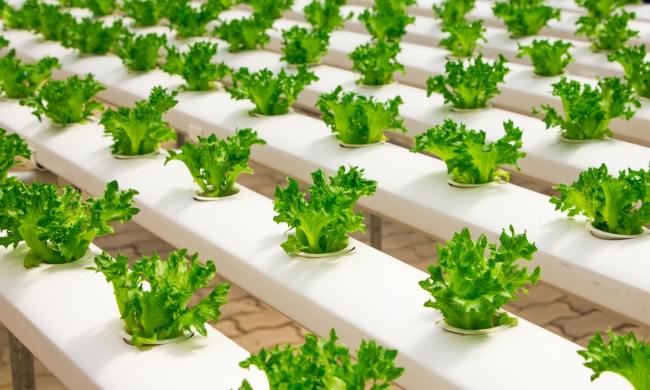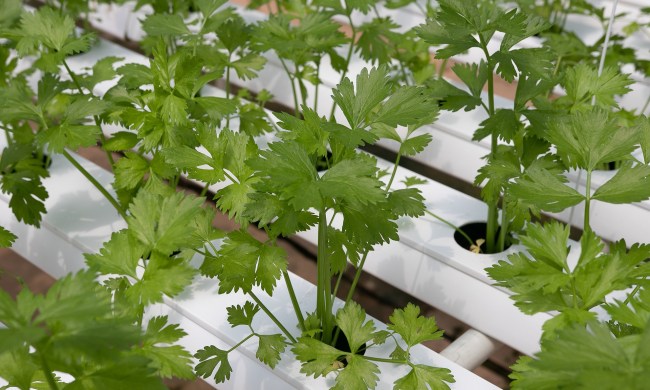If you’re looking for an easy way to make your backyard garden more relaxing this spring, then bamboo may be just the plant for you. Bamboo is a low-maintenance plant in the right climates, and its natural elegance makes it a perfect way to turn any garden into a zen garden. You can plant bamboo as part of most normal gardens, of course, but if you’re feeling a bit crafty then why not spice things up? Here are four tips to help with your backyard bamboo garden design.
1. Tall bamboo fences
Bamboo can grow quite tall, making it an excellent living fence. You can plant bamboo around the edges of your yard to grow a privacy fence, but there are other options, too. Plant a line of bamboo along the back edge of your garden to form a delightful backdrop for the rest of your plants. Just remember, as the bamboo grows taller, it will cast shade over some or all of your garden.
You can use lines of bamboo plants to turn your lawn into a series of smaller, partitioned garden rooms, as well! It’s a good idea to sketch out where you want your rooms to be and then plant a line of bamboo along where you want the wall or walls. Be sure to leave gaps to serve as doorways, so you have easy access to the garden rooms.
While you can enclose your garden rooms entirely in bamboo, this may result in too much shade. Plan your walls carefully, and take note of how the sun moves across your garden. If you want to partition your garden without casting too much shade, consider using short or slow-growing bamboo varieties instead of taller ones.
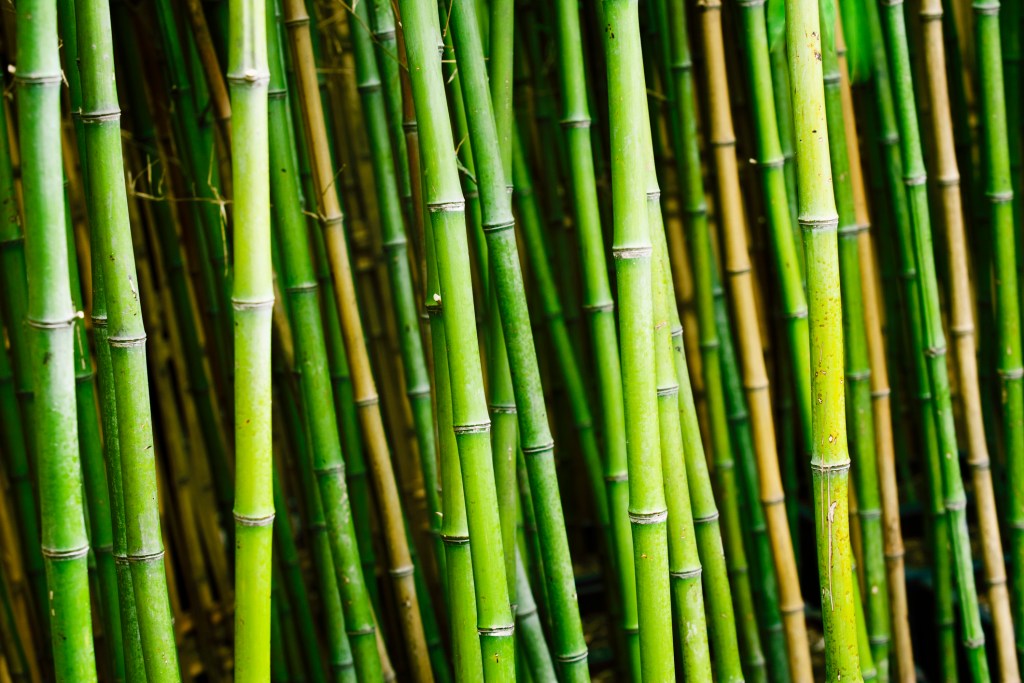
2. Bamboo and water features
Pairing bamboo with a water feature is a classic element of many zen gardens, but it can look sweet and serene in practically any setting. Choose a short, bunching type of bamboo, like dragon head bamboo (Fargesia rufa) or blue fountain bamboo (Fargesia nitida). For your water feature, pick something fairly close to the ground. Although a tall birdbath may look alright next to a tall spray of bamboo, the effect is more pronounced when the bamboo is with a small pond or fountain.
Bamboo can be sensitive to certain chemicals used in water purification or filtration, so it’s best to use plain, unfiltered water. Alternatively, plant the bamboo slightly away from any spray that might come from the water feature. Planting the bamboo on a slight hill or mound helps in this regard as well.
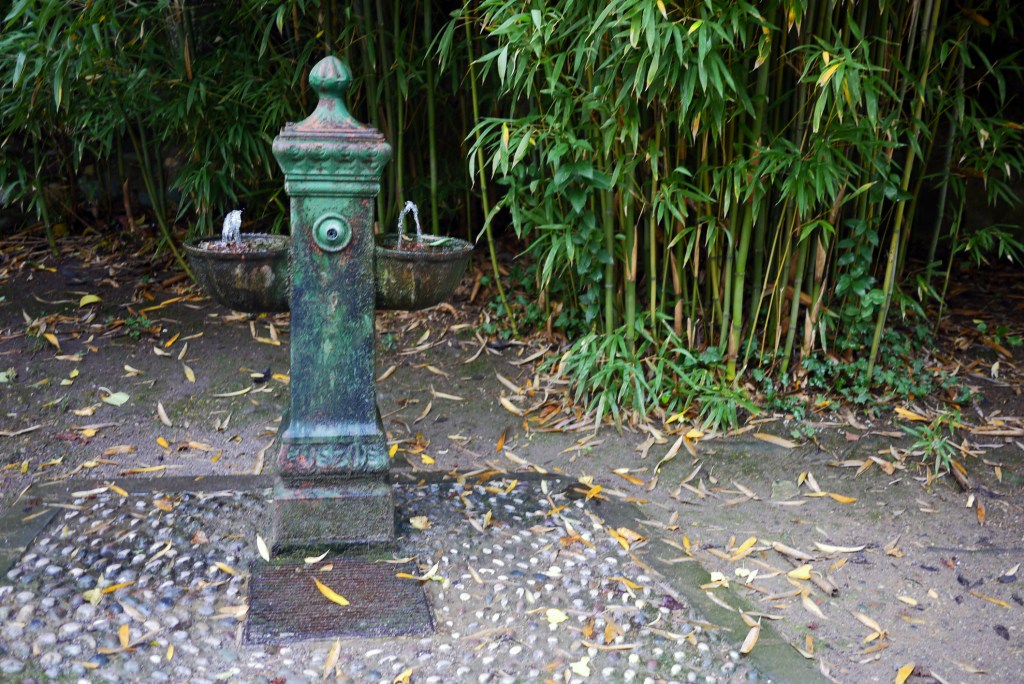
3. Companion planting with bamboo
Choosing plants to go with your bamboo can be tricky. Although bamboo plants themselves prefer full sun, they end up creating quite a bit of shade. While the bamboo plants are young and short, you might be able to pair them with sun-loving beauties like marigolds and larkspur. However, once they begin to grow (and they typically grow extremely quickly), then you may need to switch to plants that thrive in the shade. Depending on where your bamboo is in relation to the sun, you may not need to switch to shade-tolerant plants.
For shade-loving plants, ornamental grasses, such as tufted hair grass or northern sea oats, are a good choice. Bromeliads pair well with bamboo, too, as do hostas. Whether you plant your companion plants in sun or shade, you should avoid planting them too close to the bamboo. Bamboo can spread quickly, and the roots may interfere with the roots of other nearby plants. Leave a couple of feet of space between bamboo and any fragile or sensitive plants.
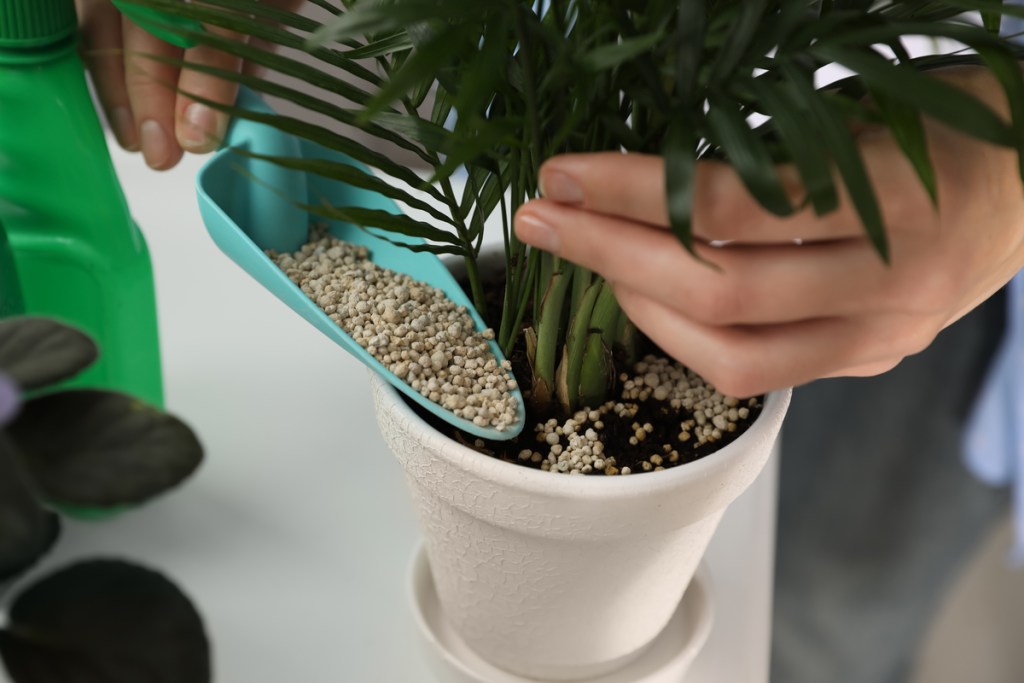
4. Best bamboo for containers
Since bamboo can grow and spread so quickly, not every variety is suited for container gardens. So what are you supposed to do if you don’t have ground space in your backyard for bamboo? Here are some great bamboo varieties you can grow in containers in your backyard garden.
- Multiplex hedge bamboo
- Dwarf whitestripe bamboo
- Himalayan blue bamboo
- Purple jade bamboo
When growing your bamboo in containers, choose a large pot with plenty of drainage holes. Use rich soil and mix in compost or slow-release fertilizer for an extra boost. Bamboo grows so rapidly that it can easily become root-bound or nutrient-deficient, so repotting is necessary every year to every other year. If you notice your potted bamboo is struggling, check its roots. If its roots are not bound then it may need additional fertilizer or more sun.
Bamboo is a serene, elegant plant that can grow easily in most backyard gardens. Some varieties can even grow in containers. With these four garden ideas to start you off, you’ll have the bamboo garden of your dreams soon enough! Remember to give your bamboo plenty of space and pay attention to what angle the sun will be hitting it from, so you can plant your garden accordingly.


